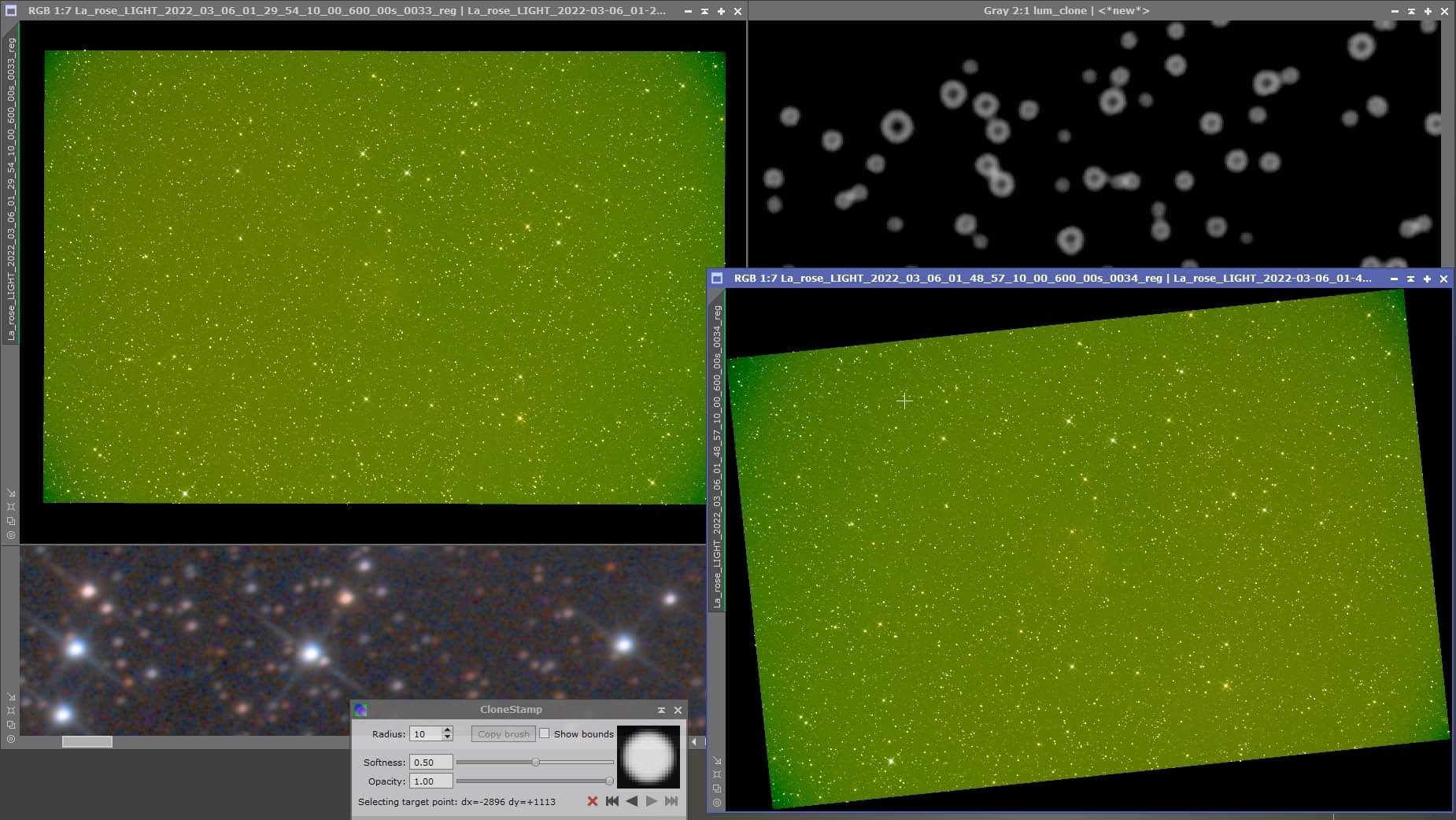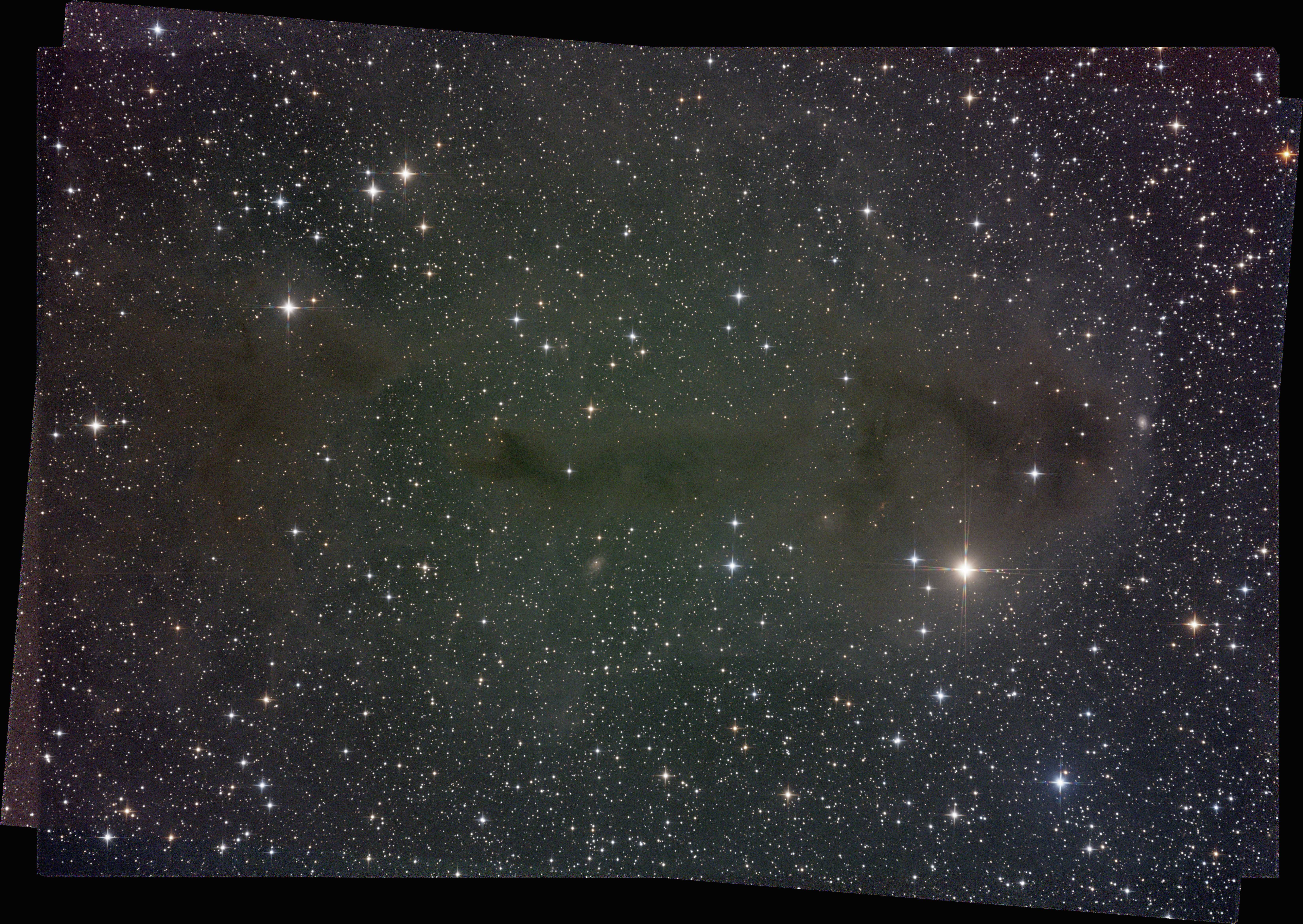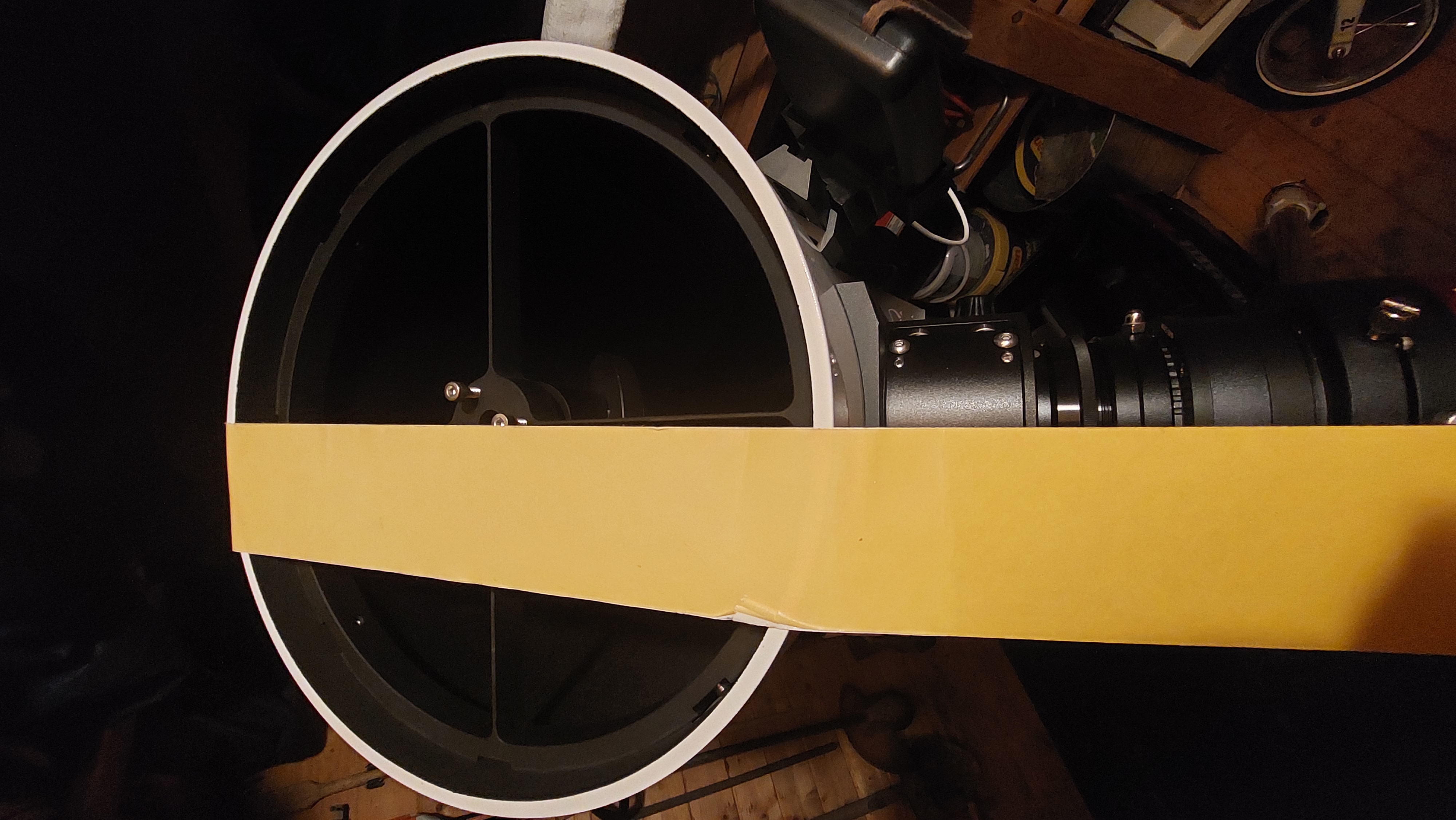Good morning all,
I am currently encountering, with another astrophotographer, a rather intriguing problem with our Newtonian telescopes.
I currently have a Newton ASA 10", very well collimated and very robust at the mechanical and mirror level.
My colleague has an EPSILON 130ED which is also very well collimated and configured.
When we image targets close to the north celestial pole, we notice a significant field rotation between, before and after, the reversal at the meridian.
Results, when stacking the egrets are split.


On the other hand, with lower targets, no problem.... !
I recall that there is no rotation of the tube in its rings, no rotation at the level of the optical gear etc....
We both use NINA software for acquisitions.
Thank you in advance for your help and opinion on the matter.
Good day
I am currently encountering, with another astrophotographer, a rather intriguing problem with our Newtonian telescopes.
I currently have a Newton ASA 10", very well collimated and very robust at the mechanical and mirror level.
My colleague has an EPSILON 130ED which is also very well collimated and configured.
When we image targets close to the north celestial pole, we notice a significant field rotation between, before and after, the reversal at the meridian.
Results, when stacking the egrets are split.


On the other hand, with lower targets, no problem.... !
I recall that there is no rotation of the tube in its rings, no rotation at the level of the optical gear etc....
We both use NINA software for acquisitions.
Thank you in advance for your help and opinion on the matter.
Good day


